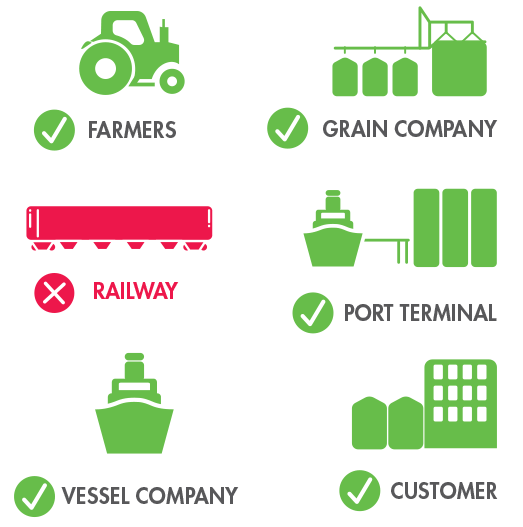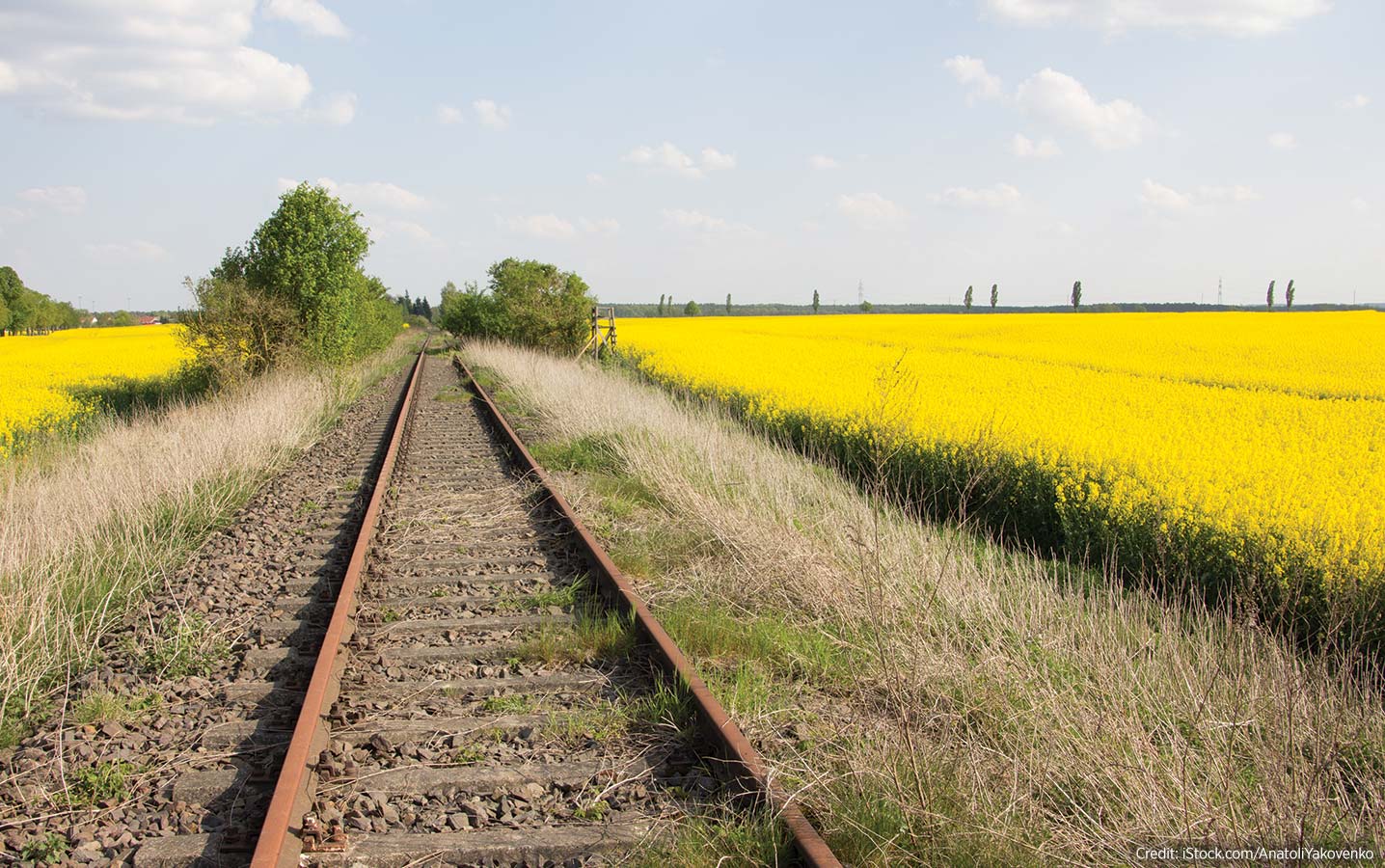Fundamental transportation issues remain
All indicators show that grain moved well along major corridors over the 2015-16 crop years. Can farmers expect that success to carry on through this winter? The railways have stated publicly that they’re committed to working with shippers to move a large harvest. Fundamentally though, the relationship remains the same and change must occur for the grain industry to achieve long-term stability.
Strong movement in 2015-16
According to Canadian Grain Commission data, Canadian farmers delivered 52.1 million tonnes of grain during the 2015-16 crop year, with 40.3 million exported and 15.4 million domestically processed. Rail largely responded to this demand, according to data reported by the Ag Transport Coalition (ATC), as both CN and CP supplied 87 per cent of total hopper car orders to Western Canadian grain shippers in the week they were ordered. As in previous years, some corridors fared better when receiving cars.
Only 4 out of the total 326 grain elevators in Western Canada had direct access to both Class 1 railways. Interswitching improves access.
The federally-appointed grain monitor reported that mainline bulk grain movement to Vancouver and Thunder Bay were similarly strong. Just under 380,000 bulk grain cars were unloaded at the major ports (10 per cent over the five-year average), carrying just over 34 million tonnes of grain (12 per cent over the five-year average). Other system metrics also indicated a relatively fluid system.
Interswitching limits give elevators better access to the lines of a competing railway.
These are positive numbers for the grain industry. However, the reliable movement was not due to changes in the railway-shipper relationship. In fact, pronounced downturns in bulk commodities like oil products, minerals, potash and coal likely contributed to the service received by the grain sector in 2015-16.
Testing the system
When pressures from the grain industry and other bulk commodity industries return, will rail service respond? The system may very well be tested by a large harvest this season. The major grain companies informed government and the railways in late June of their early Western Canadian crop size estimates. Those numbers are significant: a minimum of 63 million tonnes, an average size around 68 million tonnes and a potential high-end of 74 million tonnes.
While it isn’t the 78-million-tonne figure from 2013-14, farmers still rely on rail to move their grain, and changes are required to ensure a large crop this year and even larger crops in future years can get to market in a timely fashion.
Two fundamental changes needed
For farmers to access reliable and efficient rail transportation over the longterm, two fundamental changes to the railway-shipper relationship must occur:
- The definition of “adequate and suitable” accommodation in the Canada Transportation Act must be strengthened.
Canada’s canola farmers and the grain industry as a whole cannot capitalize on global market opportunities when the ability to get product to port is, in effect, governed by the railways. Railway service, therefore, must be demand-driven, not supply-driven.
- Shippers should be allowed two-way performance penalties within Arbitrated Service Level Agreements.
Contracts are the key to all commercial relationships, and penalties through railway tariffs have bound Canada’s grain shippers. This effectively means that everyone – from farmers to the grain company, from port terminal to the customer abroad – except the railway pays if they don’t perform. Shippers need a legislative backstop for railway penalties, and a two-way penalty would accomplish that.
Ongoing activities
To address these issues, the grain industry had been focused on the accelerated review of the Canada Transportation Act and the report delivered in December 2015. Currently, the government is consulting on a vision for transportation moving forward and using the report as one of the inputs.
The government now has to decide if and how it will address the recommendations of the review report and weigh those against what producer groups and the grain sector have clearly told them.
There has been progress. Earlier this year, the federal government extended interswitching limits another year to August 2017. This increases the potential access of an elevator to the lines of a competing railway. While just 48 elevators have direct access under the previous 30 km interswitching limits, 261 elevators have potential access with extended interswitching of 160 km in place. Seeing these limits extended permanently is another priority for shippers.
Farmers and industry must remain vocal about rail transportation issues, even in the midst of positive grain movement.
There is still work to be done. Farmers and industry must remain vocal about rail transportation issues, even in the midst of positive grain movement. The entire sector is critically reliant on railway transport and its performance truly affects all stakeholders in the grain supply chain – beginning at the farm gate.
Who Pays if They Don’t Perform?







